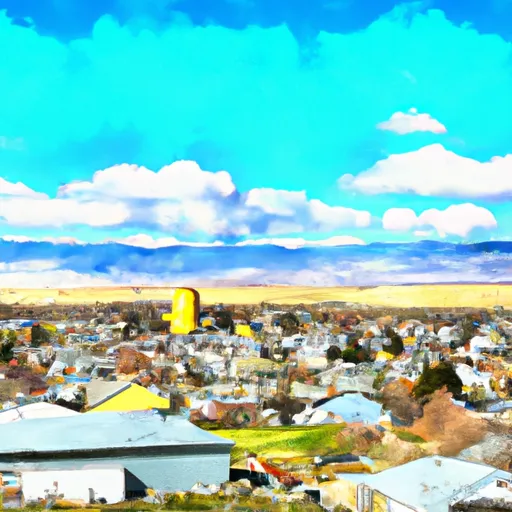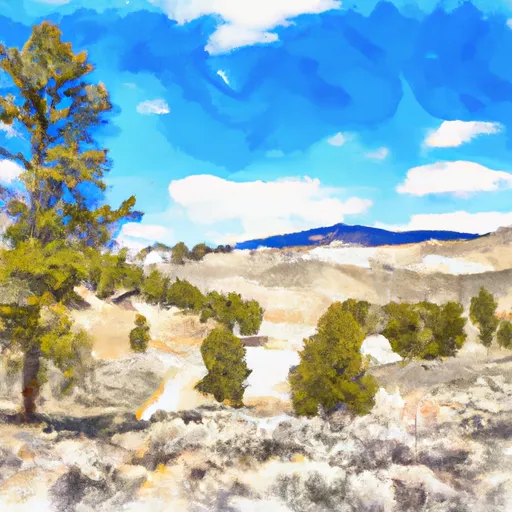°F
°F
mph
Windspeed
%
Humidity











Murtaugh, Idaho is a small town located in Twin Falls County, in the southern part of the state. The climate in Murtaugh is characterized by hot summers and cold winters. Summers are typically dry, with temperatures frequently exceeding 90°F (32°C). Winters, on the other hand, are cold, with temperatures often dropping below freezing and snowfall occurring occasionally.
Murtaugh is situated near the Snake River, which provides the town with a significant water source. The hydrology constituents in this area include the Snake River itself, as well as various creeks and irrigation canals. These water sources are essential for agricultural activities that dominate the local economy.
Outdoor recreation opportunities in Murtaugh are abundant. The Snake River offers excellent fishing, boating, and water sports such as kayaking and paddleboarding. The surrounding landscape is ideal for hiking, camping, and birdwatching. Additionally, there are several wildlife refuges nearby, providing opportunities for wildlife viewing and photography. Murtaugh Lake State Park, situated just north of the town, offers a variety of recreational activities, including picnicking, swimming, and fishing. With its diverse outdoor offerings, Murtaugh is a haven for nature enthusiasts and those seeking an escape into Idaho's scenic beauty.
Weather Forecast
Murtaugh receives approximately 272mm of rain per year, with humidity levels near 68% and air temperatures averaging around 9°C. Murtaugh has a plant hardyness factor of 6, meaning plants and agriculture in this region thrive during a short period during spring and early summer. Most plants will die off during the colder winter months.
Regional Streamflow Levels
57
Cubic Feet Per Second
4
Cubic Feet Per Second
1
Cubic Feet Per Second
20
Cubic Feet Per Second
Nearby Camping
| Camping Area | Reservations | Toilets | Showers |
|---|---|---|---|
| Schipper | |||
| Murtaugh Lake RV Park | |||
| Father And Sons | |||
| Lower Penstemon | |||
| Bostetter | |||
| Steer Basin |



